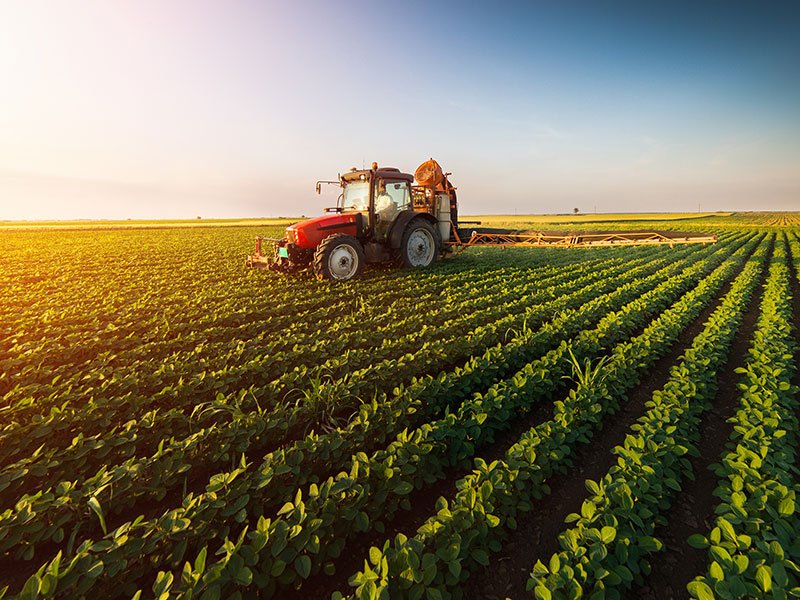The NSW Government’s $48 million program to improve the uptake of AgTech is open for applications from companies tech companies focused on agriculture that want to become panel suppliers.
Beginning in 2023, a grants program for farmers in one of five target regions in rural and regional NSW will commence, aiming to improve connectivity and incentivise AgTech uptake.
The agricultural sectors being targeted under the program are cotton, beef and sheep, grains and horticulture, and tree crops and vines. Expressions of interest can be submitted here until August 12.

The target areas are:
- Carrathool, Griffith and Leeton
- Armidale
- Moree and Narrabri
- Orange and Cabonne
- Ballina, Byron and Lismore
Between 2022 and 2025, the program will be guided by five objectives. This includes improving on-farm connectivity in regional NSW, gathering data on the productivity and efficiency gains of on-farm connectivity, accelerating uptake of internet of things AgTech and improving farmers’ digital capability and skills. An online tender briefing session will be held on July 19.
Two streams will be available through the program. Aside from the grants stream, an extension and capacity building stream will focus on improving farmer and supplier knowledge of the use of technology in agriculture.
The NSW Department of Primary Industries has partnered with state-owned Tocal College to deliver a one-day training workshop and online course. This must be completed to qualify for the second stream, which is a grants program.
Farmers can participate at the workshop at one of the five AgTech demonstration hubs.
A pilot program was launched in 2020 before being formerly expanded in 2021. Farms of the Future is a part of the $400 million Regional Digital Connectivity program, funded through the $4.2 billion Snowy Hydro Legacy Fund established in 2018.
The pilot tested several commercially available technologies on farms in Blayney, Narromine, and Coonamble. It measured the benefits to farmers and what level of connectivity was needed to support the AgTech.
When the pilot was launched in 2020, NSW Farmers’ chief executive Pete Arkle said it acknowledges the connectivity challenges facing regional New South Wales.
“It’s pleasing to see the NSW Government has identified the significant opportunities smart technology presents for primary producers and regional communities and is investing for these to be realised,” Mr Arkle said.
“For farm businesses, smart technology creates a time-saving opportunity through effective monitoring of livestock and machinery. It also enables farmers to capture crucial information on water, soil moisture and weather.”
The group says that farmers in New South Wales produce 25 per cent of total national production. It is targeting an annual output rise from $17 billion to $30 billion by 2030.
Do you know more? Contact James Riley via Email.

